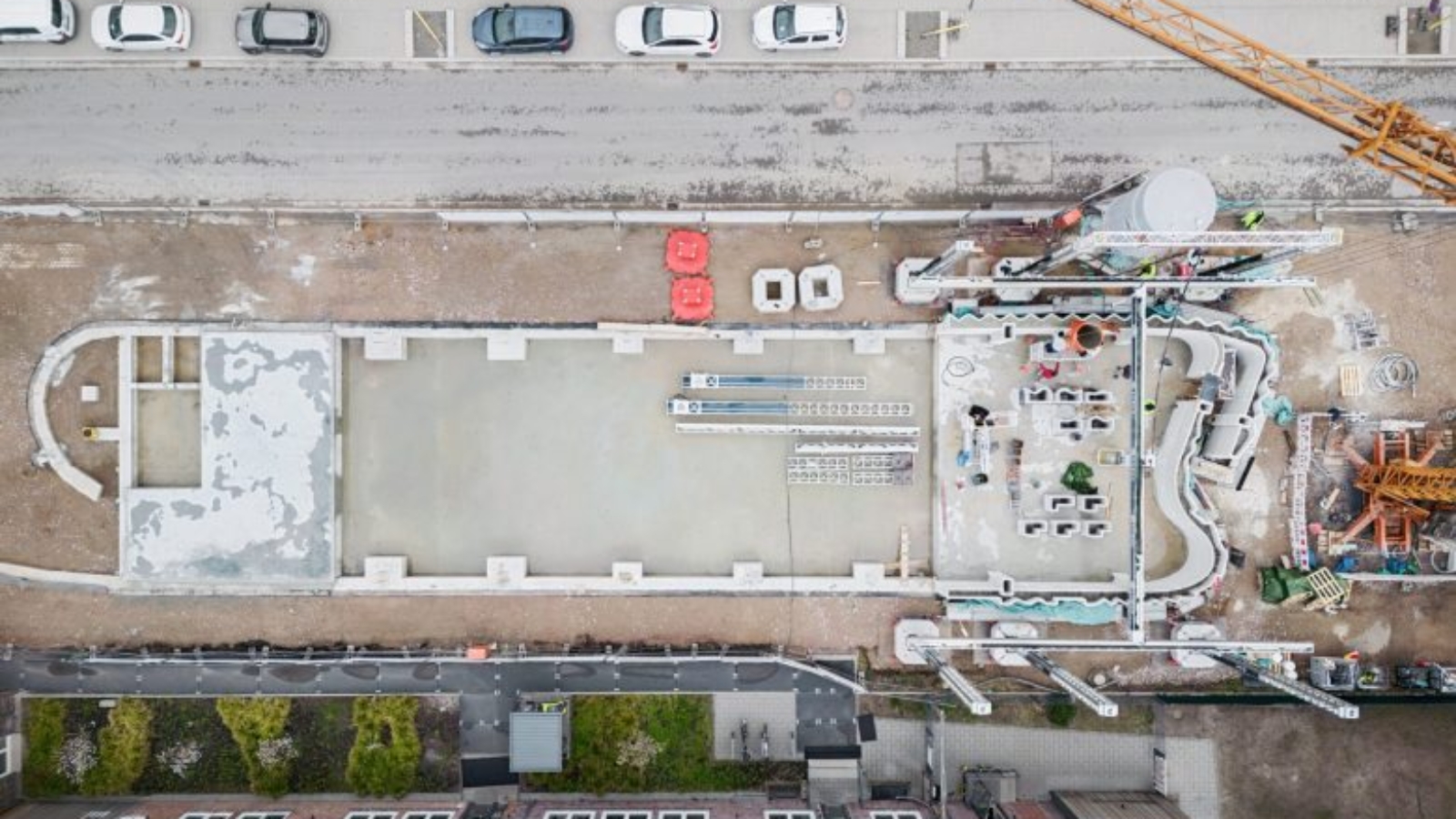PERI 3D Construction, a pioneer in 3D construction printing, is currently using a COBOD BOD2 3D construction printer to print the walls of Europe’s largest 3D printed building. The project was initiated by KRAUSGRUPPE, a project developer, builder, investor, real estate manager, and broker in Heidelberg, Germany. The building is being built for Heidelberg IT Management GmbH & Co. KG, a cloud and data center provider.
“As an independent family business with a long tradition and a future ahead, we want to promote innovative construction methods in Heidelberg and make a positive contribution to sustainable building methods,” said Hans-Jörg Kraus, managing partner of the KRAUSGRUPPE.

The building is approximately 54m long, 11m wide, and 9m high. The construction process started on the 31st of March, and is expected to be completed by the end of July 2023. PERI plans to complete the printing of the walls of this large-scale project in just 140 hours – equivalent to printing 4 square meters per hour.
Manufacturing on Demand
“Based on parametric design, the special wall design used in the building documents the immense design freedom that the COBOD BOD2 3D printer enables. We are very proud to be able to realize our largest building to date with this project,” said Dr. Fabian Meyer-Brötz, Managing Director of PERI 3D Construction GmbH.
The building will serve as an IT server hotel, and is set to become one of the most technologically advanced and innovative buildings in the region. The architects from SSV Architekten and Mense Korte, who collaborated on the project, were responsible for the design of the walls, which are seen in the renderings of the server hotel.
“In this unique project, PERI is emphasizing two of the key benefits of 3D construction printing; speed of execution and design freedom. Because of this, our technology is capable of carrying out everything from materials savings windmill towers over low-cost residential housing in Africa to architectural office-type buildings in Germany,” said Henrik Lund-Nielsen, Founder and General Manager of COBOD.
You might also like:
COBOD responsible for almost 40% of all 3D printed buildings: Although these numbers may seem low, considering the attention the industry has been getting lately, it is worth noting that almost half of these buildings were constructed last year, alone. According to the study, in 2022, 54 new 3D printed structures were constructed, with COBOD’s printers being responsible for almost 60% of these new 3D printed buildings. The full report and details can be found here.
* This article is reprinted from 3D Printing Media Network. If you are involved in infringement, please contact us to delete it.
Author: Edward Wakefield



Leave A Comment